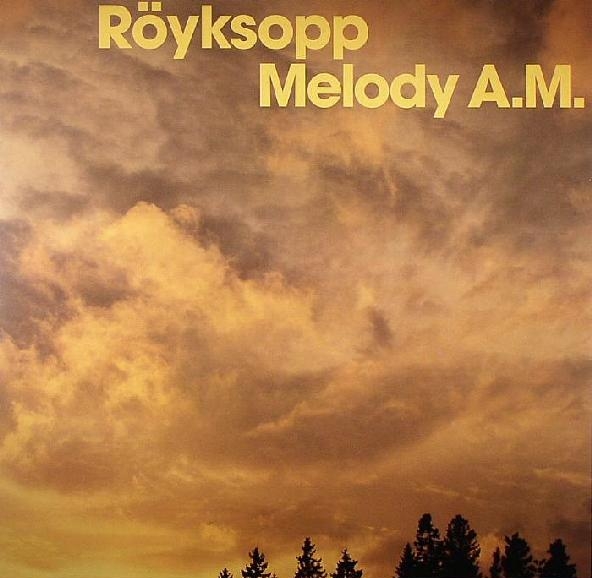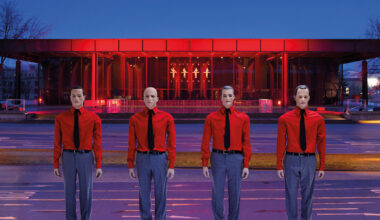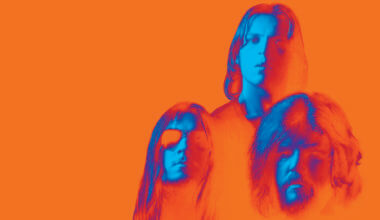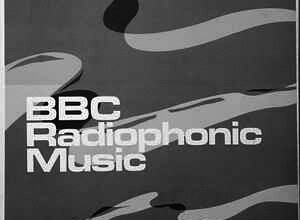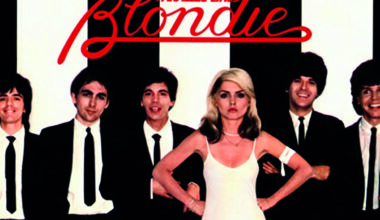The Norwegian press came up with the name Bergen Wave to describe the large number of bands and producers – of all shapes and genres – that developed in the west coast city of Bergen in the late 1990s. We’ve picked out 10 of the best electronic albums associated with the movement, although we’re starting the story in another place at another time…
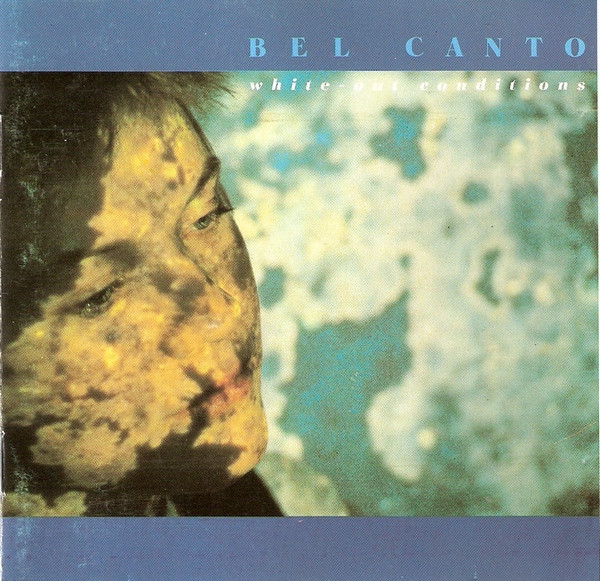
Bel Canto
‘White-Out Conditions’
(Crammed Discs, 1987)
All waves begin somewhere and the movement known as Bergen Wave actually started in Tromsø, a city around 1,000 miles further north. Bel Canto, Biosphere, Mental Overdrive and Röyksopp are just some of the artists that hail from Tromsø, the former having released their pioneering electronic album ‘White-Out Conditions’ as early as 1987. From the wistful beauty of ‘Dreaming Girl’ to the glacial heft of ‘Baltic Ice-Breaker’, the record reflects the mystical energy of the Arctic Circle channelled through concomitant indie acts like the Cocteau Twins. Bel Canto found a home on Crammed Discs, relocating to Brussels to join the Belgian label’s ever-expanding world roster, with singer Anneli Drecker and multi-instrumentalist Nils Johansen taking a more obviously commercial path in the years that followed. The band’s original synth player and programmer Geir Jenssen had other ideas, though. He made his way back to Tromsø and began putting out left-field ambient house records as Biosphere.
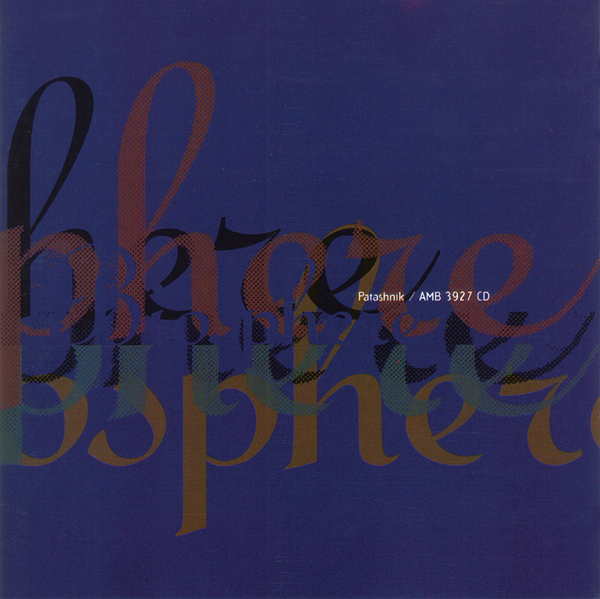
Biosphere
‘Patashnik’
(Origo Sound/Apollo, 1994)
Geir Jenssen’s return to Tromsø in the early 90s helped to put the city – hitherto known for its icy fjords, craggy peaks and proximity to the Northern Lights – on the musical map. The first Biosphere releases inspired a small army of house and techno nerds to also start making music, among them Bjørn Torske and Rune Lindbæk. Svein Berge and Torbjørn Brundtland also beat a path to Jenssen’s door, forming Aedena Cycle with two associates before starting again as Röyksopp when the pair relocated to Bergen. ‘Patashnik’, the second Biosphere album, established Jenssen’s tactile techno sound, with ambient phrases and samples lifted from places such as ‘The Krays’, the 1990 crime biopic starring the Kemp brothers from Spandau Ballet. The record was issued on Origo Sound in Norway and on Apollo, an offshoot of the mighty R&S label, elsewhere in Europe. Jenssen claimed that ‘Patashnik’ was a Russian slang word for a cosmonaut lost in space, but after much googling that doesn’t appear to check out.
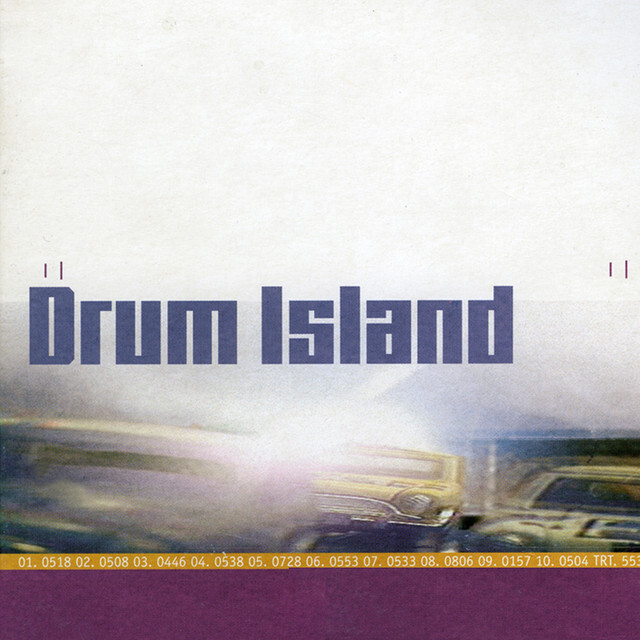
Drum Island
‘Drum Island’
(Apollo, 1997)
Looking retrospectively, the short-lived Drum Island were a veritable supergroup of Tromsø and Bergen names – the two future members of Röyksopp, plus Rune Lindbæk, Ole Johan Mjøs and Gaute Barlindhaug, although at the time they were all just starting to find their way in the music business. The group’s self-titled album was another product of the Tromsø massive before their mini-diaspora, following Biosphere into the world of digital sampling, field recording and electronic beats. There’s a clear acid jazz influence to the record, but there’s plenty of room for experimentation too. ‘Riversprite’ is built upon recordings of someone splashing about in a fjord and ‘La Danse Electrique’ is a Balearic mix of disco and strings with added castanets, while ‘Phizzz’ is what happens when you decide to speed up your bossa nova to give things a bit more pep.
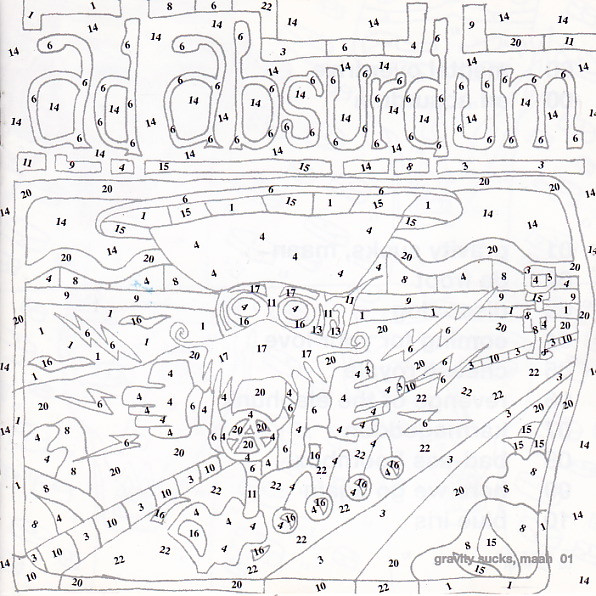
Mental Overdrive
‘Ad Absurdum’
(Virgin, 1999)
The Tromsø and Bergen scenes coalesced even more with Mental Overdrive, aka Per Martinsen, although “scene” is perhaps too defined a word for the northern city’s social milieu. When Martinsen and Bjørn Torske put on the first rave in Tromsø, they hired a local youth centre. Martinsen became a frequent visitor to Bergen after Torske moved there, but he also spent a lot of time in Belgium, releasing his first three Mental Overdrive records on R&S in the early 1990s. ‘Ad Absurdum’, which came out on Virgin in 1999, cemented Martinsen’s position as one of the godfathers of Norwegian techno, with tracks like ‘Disco Dog’ and ‘Da Froot’ exhibiting not only a keen sense of the absurd but also the technical ability to pull it off. There have been some brilliant Mental Overdrive releases in the last decade or so too, especially the ‘Cycls’ album in 2013, while Martinsen’s work with his wife Aggie Peterson under the name Frost is worth investigating as well.

BjØrn Torske
‘Trøbbel’
(Tellé, 2001)
The record that carries the catalogue number TELLÉ 012 is, as you’d imagine, the 12th release from Tellé Records, but it’s significant that Bjørn Torske’s ‘Trøbbel’ was the first album issued by the upstart Norwegian independent following a slew of singles by the likes of Röyksopp, Annie and Ralph Myerz & The Jack Herren Band. The idea for the label sprang from of a Bergen record shop run by Mikal Telle, a pop enthusiast who rubbed shoulders with a small group of talented musicians and wanted to do something to help them. Launched in 1998, Tellé would become as synonymous with Bergen as Sub Pop once was with Seattle. Bjørn Torske had already created a stir with his 1998 debut, ‘Nedi Myra’, his freaky acid house bringing a sense of the unexpected to dancefloors everywhere, and it was a coup for Tellé to release the follow-up. Torske’s early recordings would prove to be a major influence on up-and-coming homegrown DJs like Todd Terje.

Röyksopp
‘Melody AM’
(Wall Of Sound, 2001)
Svein Berge and Torbjørn Brundtland pitched up in Bergen in 1999 and it wasn’t long before their Drum Island experience was helping to prepare them for what would become their debut album as Röyksopp. What they weren’t prepared for was the massive global success of ‘Melody AM’, although being laid-back Tromsønians they took it all in their stride. The duo’s first two singles, ‘So Easy’ and ‘Eple’, appeared on Tellé, with Wall Of Sound and Universal quickly carrying them to a much wider audience. Television adverts and video game placements came soon after, securing the attention of big tech companies like Apple (handily, “eple” is the Norwegian word for the fruit). And then there was ‘Poor Leno’, featuring real-life Bergen man Erlend Øye singing dolefully and soulfully through some auto-tune equipment. For a while in the early part of the 21st century, Röyksopp could be heard reverberating through the walls at all hours of the day from Shoreditch to Shanghai.

Erlend Øye
‘Unrest’
(Astralwerks, 2003)
It was only a matter of time before Erlend Øye made an electronic album of his own. Kings Of Convenience, his partnership with Eirik Glambek Bøe, were hailed as the new Simon & Garfunkel when they released ‘Quiet Is The New Loud’ in 2001, riding high on the Bergen Wave as acoustic indie fellow travellers. Øye had already had a starring role on Rökysopp’s ‘Melody AM’ and formed The Whitest Boy Alive, while KOC were remixed by friends old and new on ‘Verses’ in 2002. For ‘Unrest’, he entered the studio with an international register of electronic producers, including Schneider TM, Prefuse 73 and Morgan Geist, aka Storm Queen, but there’s a welcome intimacy to this album. Øye has a canny knack of making the limitations of his voice his main strength, especially on the gorgeous ‘The Athlete’, produced by Minizza, which teeters delicately between French and English and then back again.
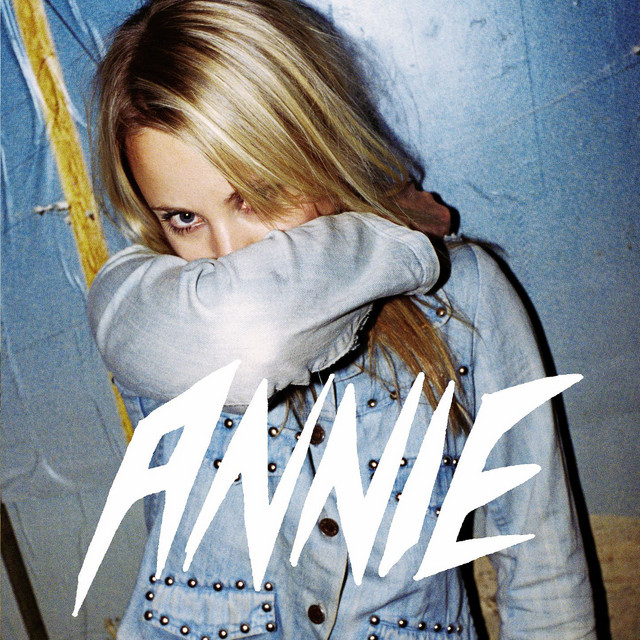
Annie
‘Anniemal’
(679 Recordings, 2004)
Anne Lilia Berge Strand moved to Bergen in her early teens and met Tore Andreas Kroknes, who was making house music as Erot, when she was 20. That changed everything. ‘The Greatest Hit’, a track co-produced by Kroknes and built around a sample of Madonna’s ‘Everybody’, propelled Annie to chart success at home in 1999. Tragically, Kroknes died from a degenerative heart condition two years later at the age of only 23. “For a long time, I was too depressed and exhausted to do anything,” Annie later told The New York Times. “But then I thought, ‘Tore would be quite upset with you if you just stopped making music’.” She returned to the studio and began working on what would become ‘Anniemal’, an electropop record that found an international audience thanks to the spotlight shone on it by the first generation of music bloggers. Three tracks were produced by Röyksopp and the pre-album single ‘Chewing Gum’ was massive, making all the hipster end-of-year lists in 2003.
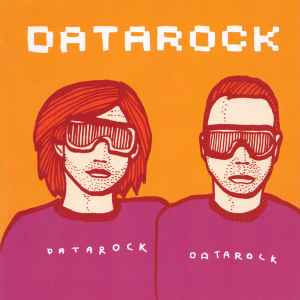
Datarock
‘Datarock Datarock’
(Young Aspiring Professionals, 2005)
If Datarock were surfing the end of the original Bergen Wave, they were also about to catch the start of the often maligned nu rave scene. The duo at the core of the group are Bergen musicians Fredrik Saroea and Ketil Mosnes, the former a regular collaborator with Annie over the years, and their disco-punk sound still seems resolutely fixed in the mid-2000s. Take some Talking Heads-inspired angular hooks, add some ‘Flight Of The Conchords’ humour, throw in some campy sexual innuendos that haven’t aged particularly well, and you have yourself a Datarock. Their debut album will be a perfect artefact for when they eventually open the Museum Of Indie Sleaze, but it’s great fun in places, almost worth it for the outstanding hi-hat work on ‘Fa-Fa-Fa’ alone. Come for the bawdy David Byrne impression on ‘Sex Me Up’, stay for the excellent drum programming on ‘Ugly Primadonna’, and thrill to the oddly touching lo-fi electronica of ‘The Most Beautiful Girl’.

Casiokids
‘Fück Midi’
(Karisma, 2006)
The Guardian reported the stirrings of a second Bergen Wave in 2013, but the truth is the pop never really stopped coming from the self-confident city, with bands like Casiokids making great strides in the years in between. These neo-psychedelic synthpoppers were given a boost in their quest for world domination in 2010, when they were one of four artists awarded a prize of a million krona (about £100,000 in today’s money) by Norwegian 80s superstars a-ha. Listening to ‘Fück Midi’, Casiokids’ debut, it’s intriguing to consider what appealed so much to Morten, Mags and Pål. In an interview a couple of years later, the Scandipop underlings expressed a desire to merge Abba, Technotronic and Whigfield, while at the same time fessing up to more eclectic and frankly cooler influences that included Sun Ra, John Coltrane and Fela Kuti, as well as Bergen acolyte Bjørn Torske. It’s all there if you listen closely enough.
